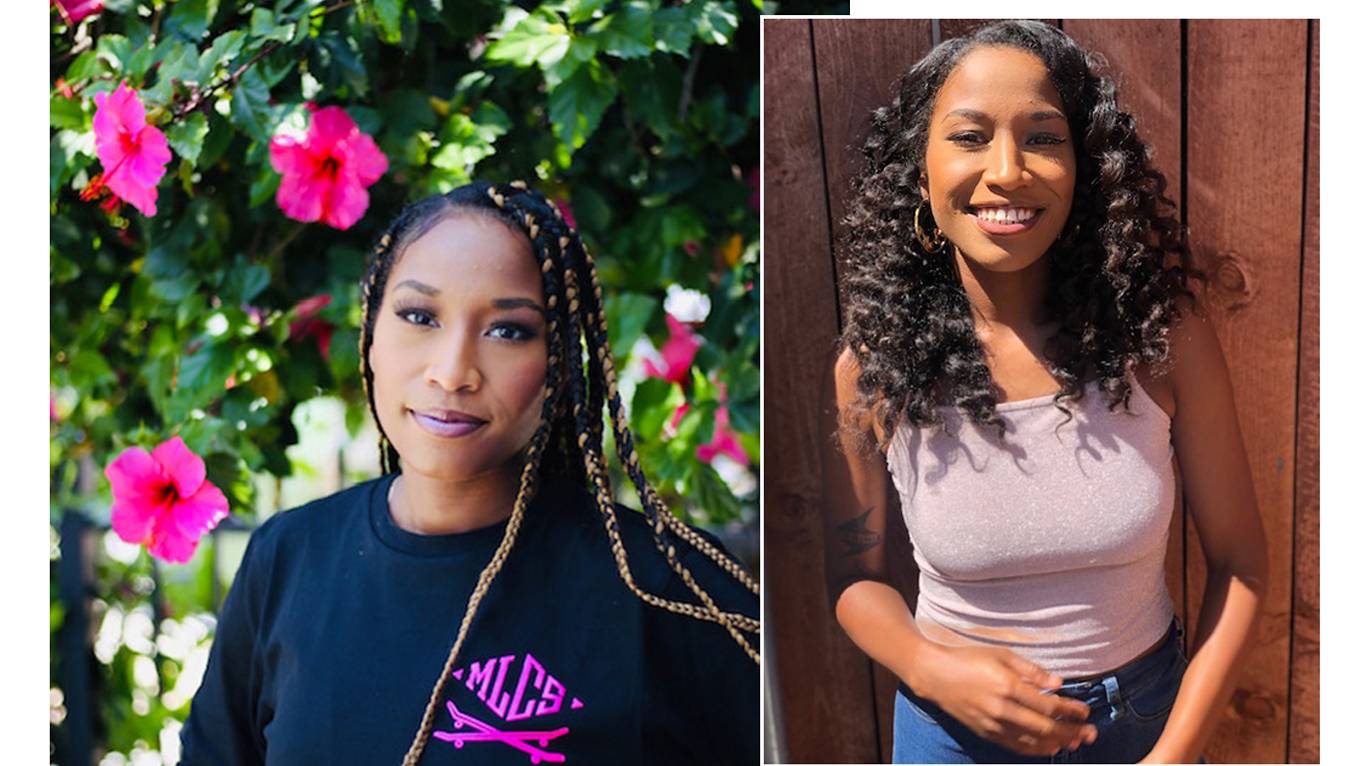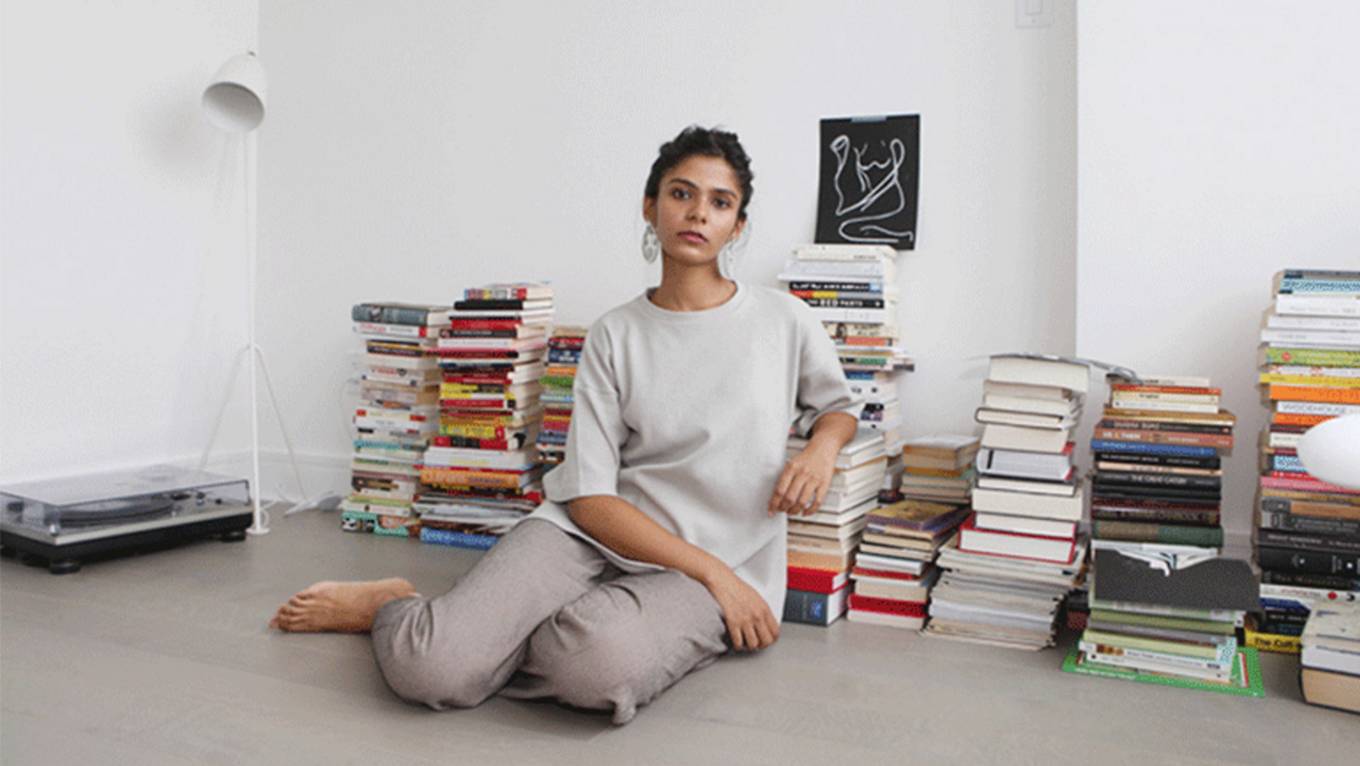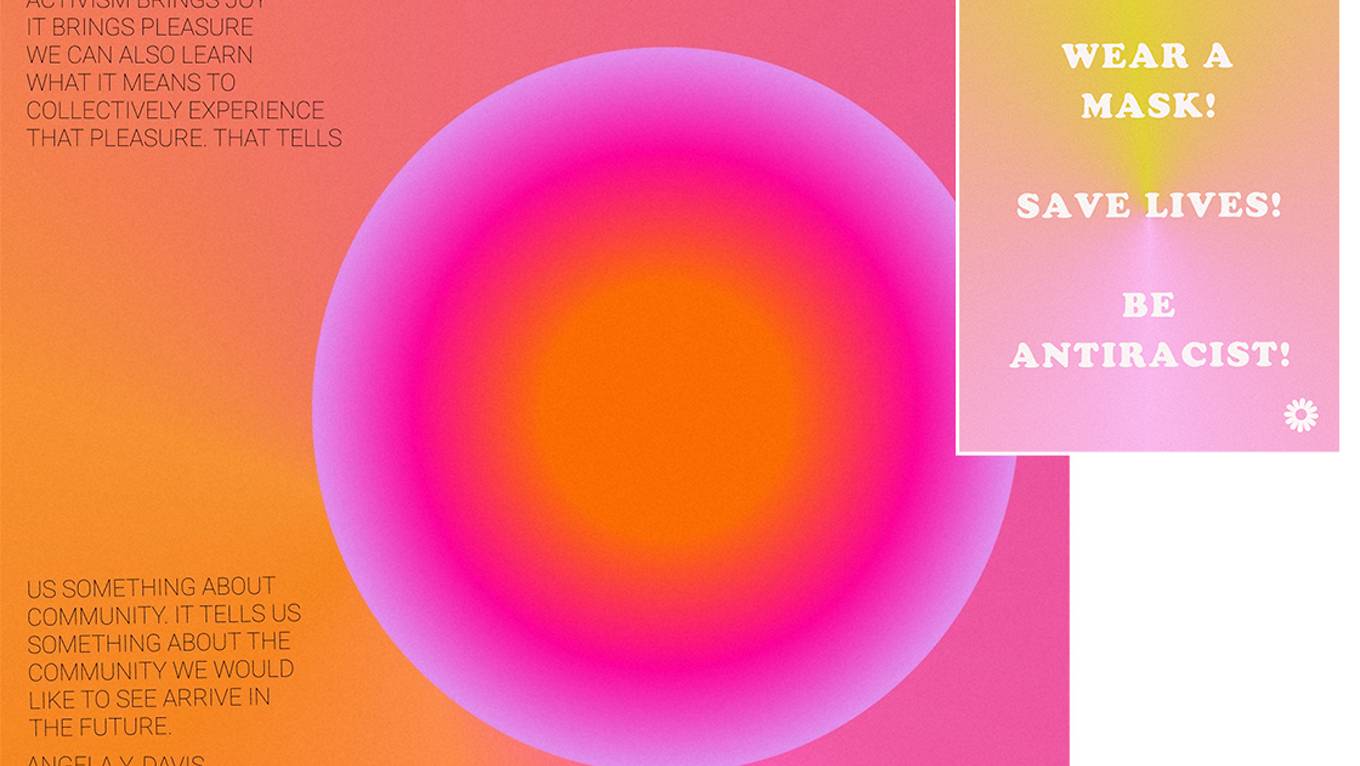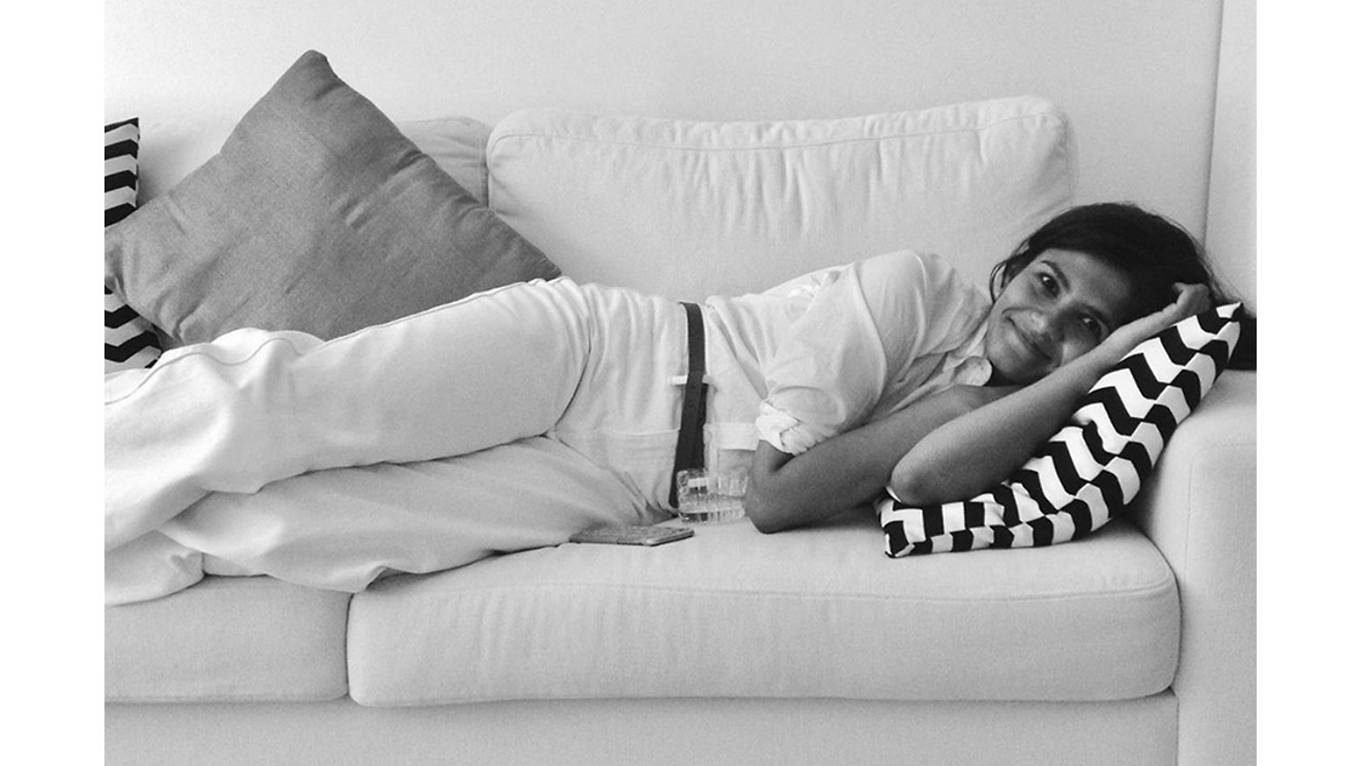Women’s Equality Day Interviews / 2 of 3
ASIA & TASNIM ON GETTING THE WORD OUT
Community /
August 2020
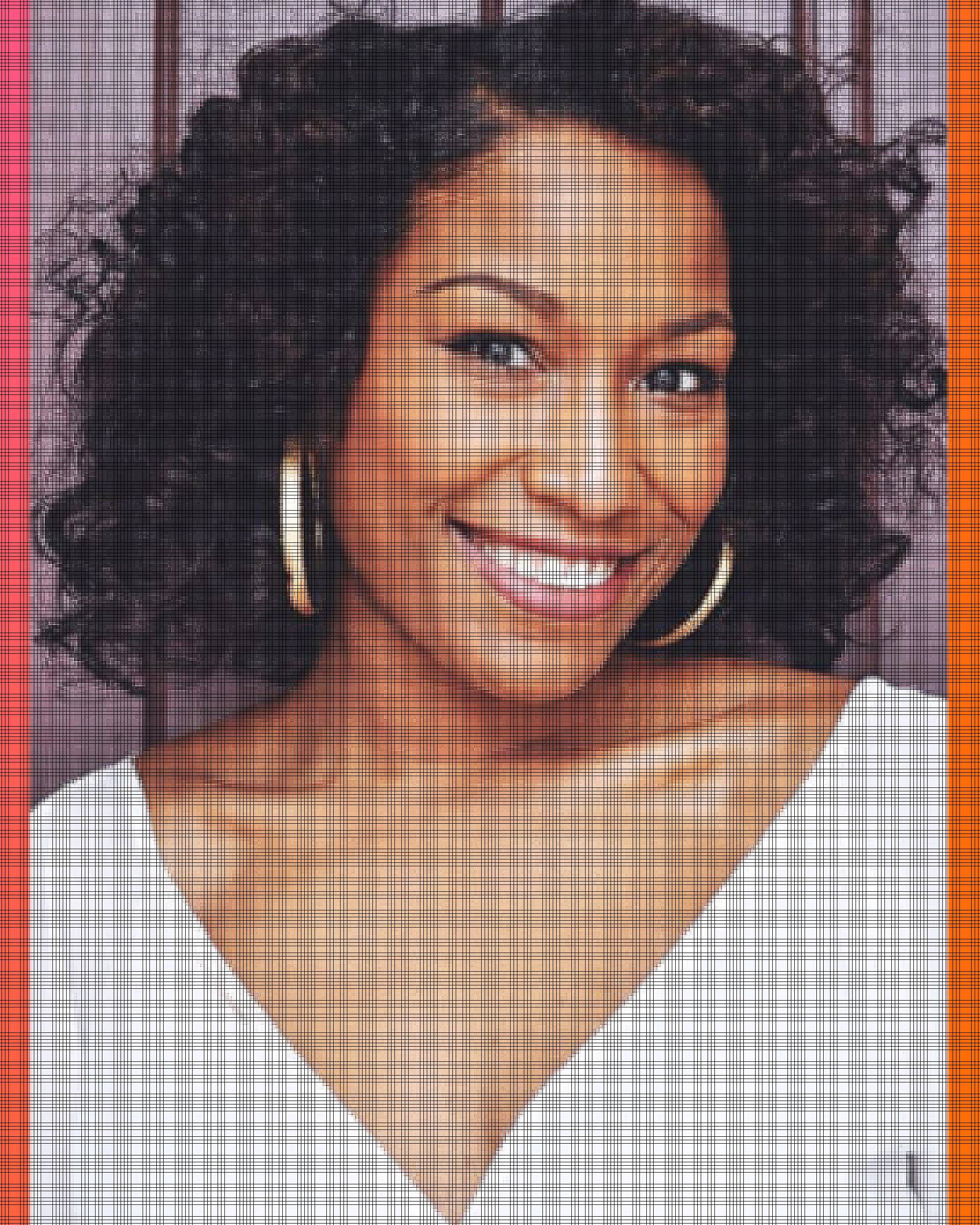
In 1973, the U.S. Congress declared August 26th “Women’s Equality Day.” This date commemorates the passing of the19th Amendment on August 26, 1920, thereby granting women the right to vote — but not all women. It wasn’t until 1965 that the Voting Rights Act removed barriers for Women of Color. In celebration of this day, we spoke with six young women who are enacting change — and continuing to break down barriers. Here, we check in with Asia Medley and Tasnim Ahmed.
ASIA MEDLEY
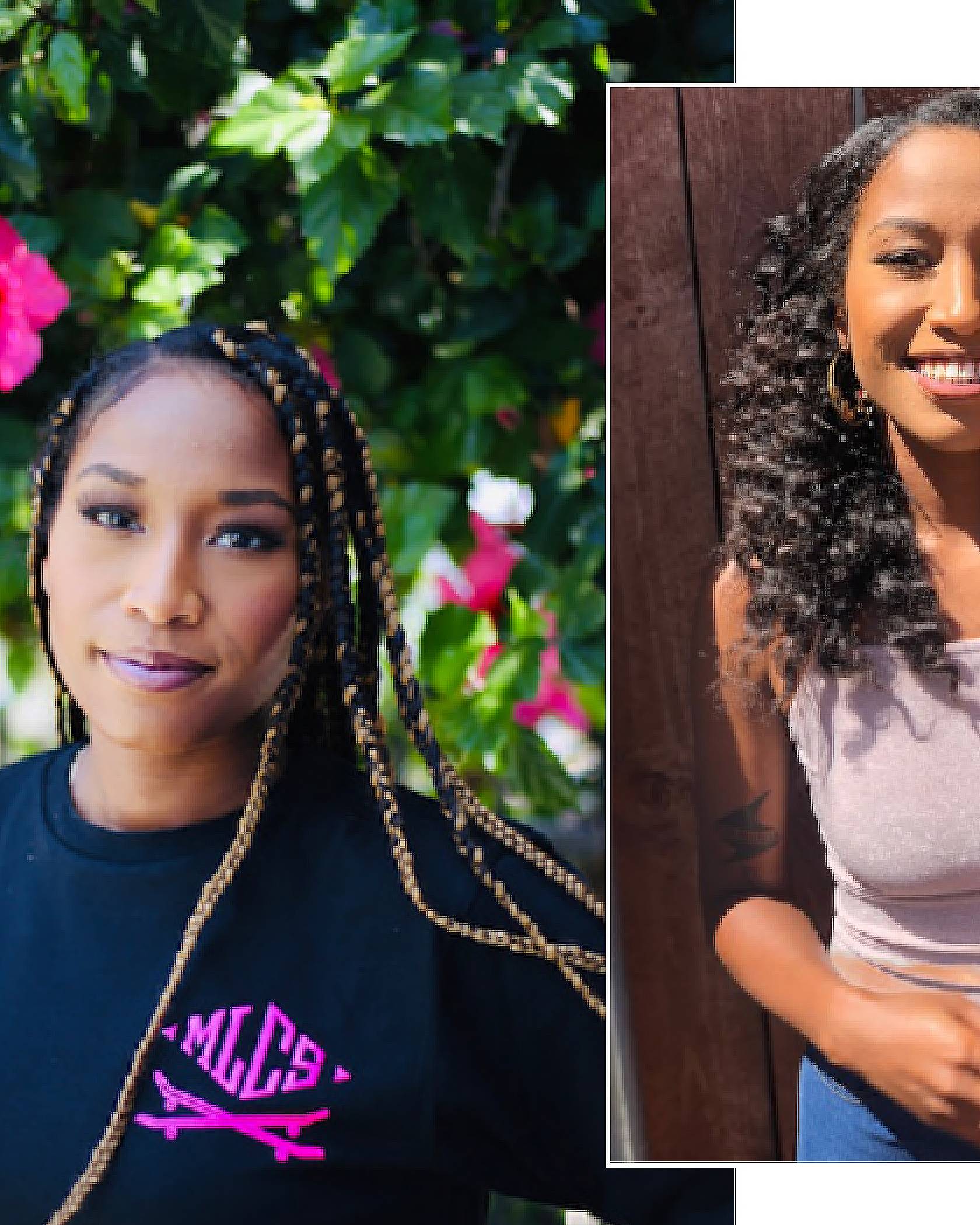
YOU STARTED YOUR HISTORY VIDEOS IN RESPONSE TO GEORGE FLOYD’S DEATH. WHY?
I’m a history nerd and I use my expertise in history to fulfill my activism, to get messages out to other people. I feel like we are in a pivotal time in history. This is history in the making. People seemed kind of confused as to why people are upset and angry and I was like, I’ll tell you exactly why. There are reasons behind the way that America functions now. And if you look at history, it will tell you everything that you need to know.
IN THE VIDEOS, YOU MAKE A LOT OF CONNECTIONS.
My videos are to help educate so we can realize we are all in the same boat. Everybody, essentially, wants the same thing. They want to be able to live a free life in America. I want for people not to have to worry — when they’re leaving their homes, about what schools they’re going to, what grocery stores, what street you’re going to use because you’re afraid to take that street over there because of a heavy police presence or because there are a lot of Confederate flags.
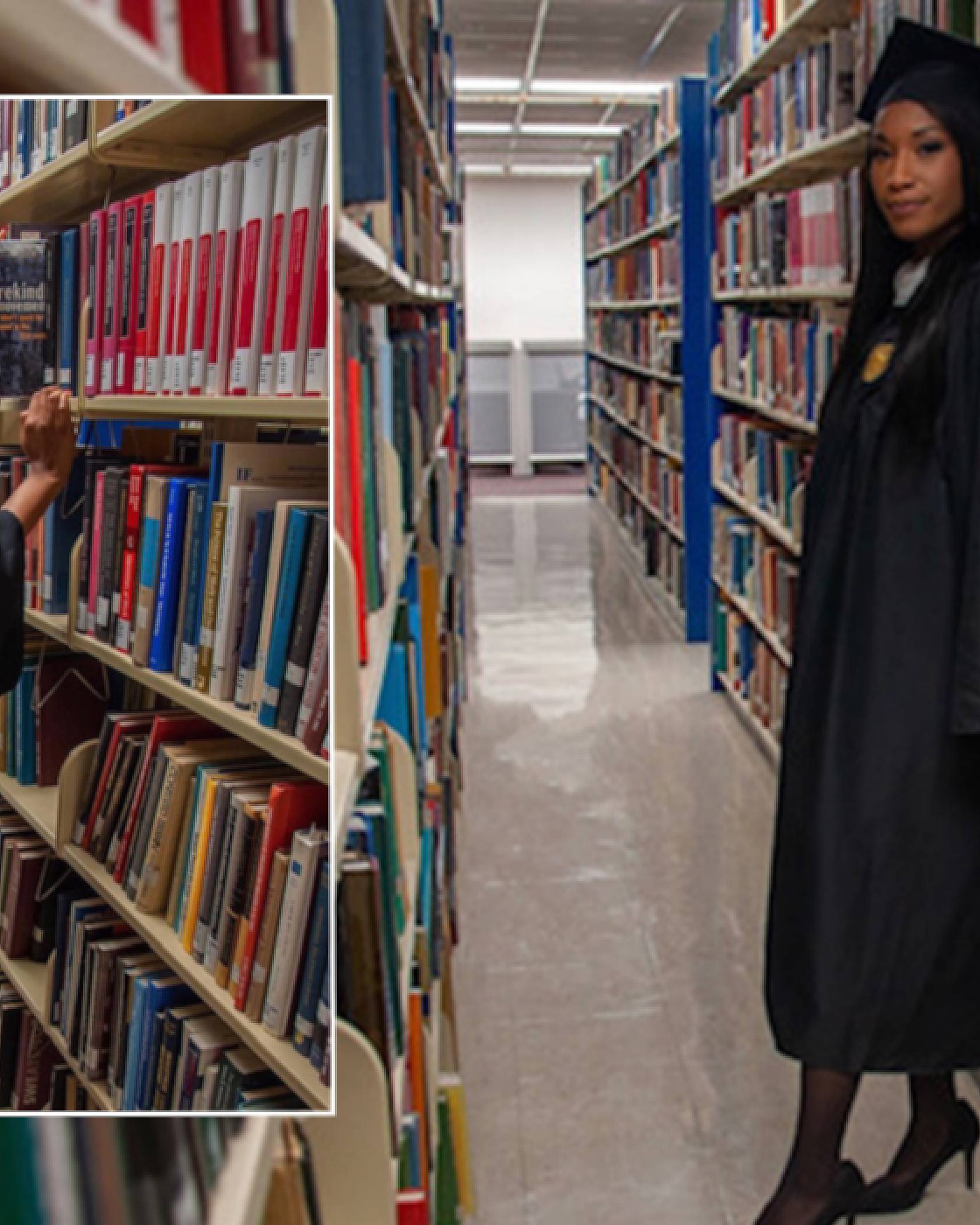
YOU’RE A STRONG PROPONENT OF VOTING IN ALL ELECTIONS.
2016 changed everything for me as far as voting. Now, I target the youth even more because I know that it’s just not voting for the president. If you’re not voting in your city elections, not voting in your state election, this is how we get bigger problems. Because by not speaking out, by just sitting around and saying nothing, you let people in that aren’t for the causes you are for.
HOW CAN PEOPLE BECOME MORE AWARE OF THEIR LOCAL ISSUES?
If you look up your city budget and see how much funding is being taken away from schools and from community and put it in other places where they aren’t necessarily needed, it’s enough to radicalize you. If you just take a walk through your neighborhood, ask yourself: Who put that building there? Your tax dollars are going to it. Take care of it.
Also, city council meetings are open to the public. I watch the city council meetings in Richmond even though I don’t live there, and I watch the city council meeting in LA. Watching your city council meetings is important because your city council members live in your neighborhood. They live in your district. You can connect with those people quicker than you can connect with the senator.
HOW CAN WE WATCH A CITY COUNCIL MEETING?
Whatever city you live in, go to the government website. Often, they archive their meetings. In LA, they archive them, so I watch them every Tuesday. By the following week, you have a new one to watch. And you can always go back and review them. Years of information to see exactly what’s going on in your city, and to see how you can help, how you can use your voice to let your city know: Hey, I’m uncomfortable with this school being closed. Why? Because these kids are going to be at risk.
And the internet — I used to hate it — but now I see how you can spread awareness, make it available to people. You can email your governor, you can send him a letter, you can send to your senators, you can do that with your city council as well. They are a stepping stone to bigger issues.
HAVE YOU DONE THOSE THINGS AND GOTTEN RESULTS?
Yes, I have. Everyone back home was fighting for the Atlantic coast pipeline to be canceled. That’s another environmental issue that took about four to five years of advocating, of protesting, of writing letters, of speaking out, gathering with many different groups across the state of Virginia, talking about it, making it known, telling people what exactly it would do and how it would cause harm to communities. It took a long time, but literally a few weeks ago they canceled that pipeline. And that was a huge thing. I was like, dang, I might be able to rip that “No pipeline” sticker off of my car. But not yet! Because there are other pipelines.
HOW DID YOUR CHILDHOOD INFLUENCE YOUR ACTIVISM?
My parents are Black, my mom is half Asian. My grandma was my legal guardian and she was married to a white man. So I got pulled in so many different ways as a child. My uncle would always make me go to the library and check out books so I would not be on my phone all the time, and that’s when I started studying books on slavery, the Holocaust and stuff. This is before I even thought about being a history major, years prior. Fast-forward to college, I was an oceanography major, and I still hadn’t taken a history class.
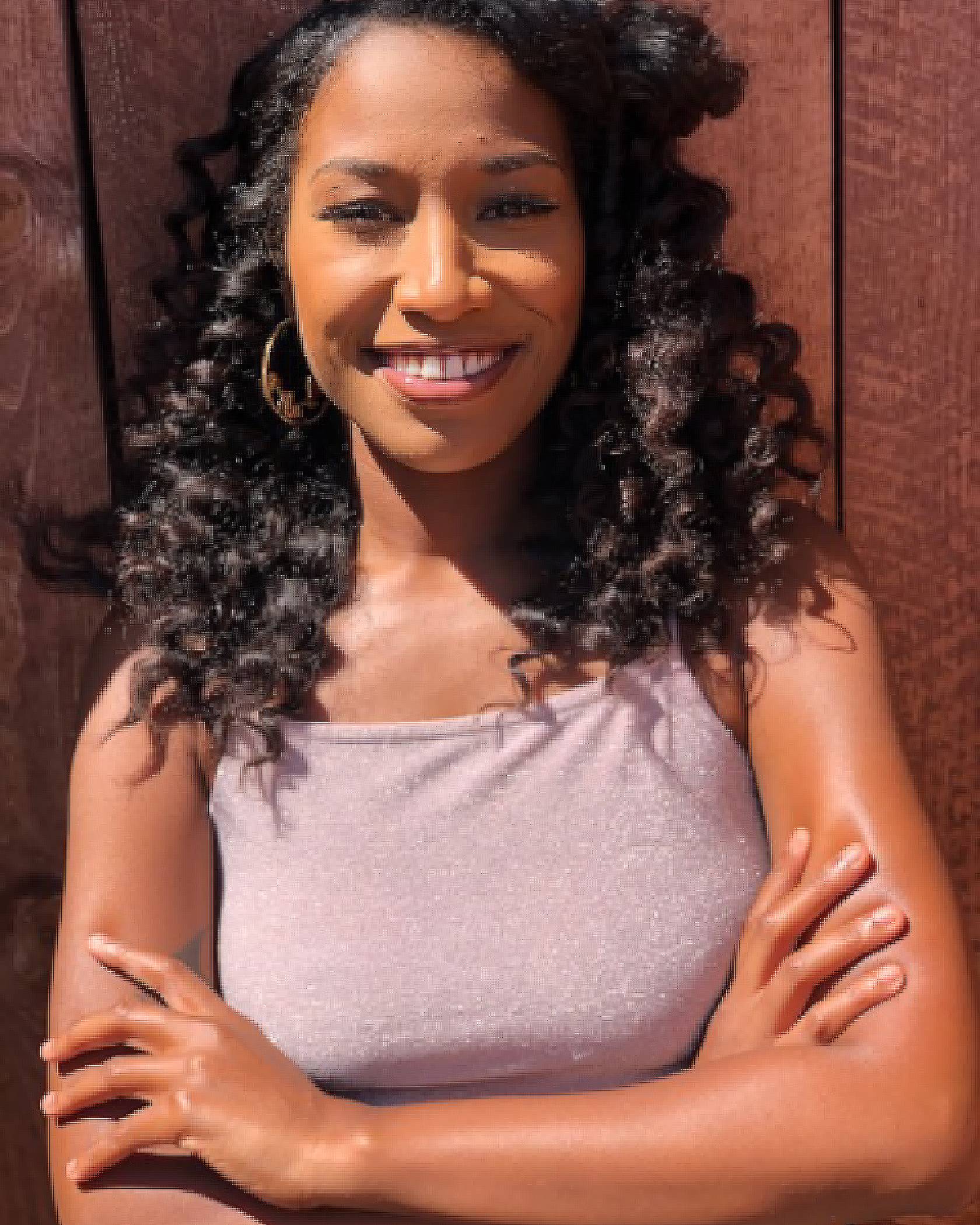
WAS THERE A TEACHER WHO INSPIRED YOU?
A professor. She told us that Einstein helped create the atomic bomb. I asked her: “What do you mean?” They definitely used him. He had no idea it was going to be used for that specific reason, and he always regretted it. I just sat back and I thought, dang, that’s really sad. They used his genius, and he regretted it. He had no idea. And I was like, I’m going to change my major.
MOST OF US GREW UP LEARNING A PRETTY WHITEWASHED HISTORY.
I had to unlearn a lot that I was taught. Colonialism is my bread and butter. Because Virginia is one of those Commonwealth States, right out of the gate we’re going straight to Jamestown 1607, we’re going straight into slavery. And heavy into the Civil War and the Revolutionary War and all these things. I had no idea how rich the history in my home state is, to the point that when I was a child, I did not think that Native Americans still existed. When I found out there are reservations all over Virginia, I was in shock. All of this has been here this whole entire time. It’s kept from me on purpose.
YOU'VE DONE A LOT OF WORK WITH INDIGENOUS PEOPLES.
I did an internship at Henricus Historical Park in Virginia. That was my introduction. African American history is a lot to take in. But when you study Native American history in America, it’s like, oh geez. It got to a point where they really tried to erase the Native American community out of America completely.
Learning the history inspired me to work there [for three years]. But it also pushed me into leaving because I didn’t want to be interpreting Native American life when there are plenty of Native Americans around who could use the job. Right now in LA, I’m working with the Gabrielino Kizh tribe. Their history has been whitewashed to the point where they’re fighting to let people know that they are original people of Los Angeles, which is a huge battle.
ARE PEOPLE INTIMIDATED BY THE IDEA OF LEARNING HISTORY?
I would tell someone I was a history major and they’d say, “Oh, history is my least favorite subject.” That’s terrible. But I can see why, because if you’re just presented facts and you have a teacher who’s not passionate about it, it gets lost in translation. That’s why I also advocate for the educational system to be more interactive. No one wants to sit behind the desk all day and learn from one monotone person.
No one wants to sit and hear about things that happened 20 years ago and you just leave it at that. I’d rather elaborate on it. It has an effect on you today. You know, if you’re going to talk about FDR, he’s the reason you were able to get social security. Some teachers see themselves as authority figures. I’m more like: Here’s the information, we’re going to go over it. You can ask me anything in the world because I don’t know it all, and we’ll figure it out together.
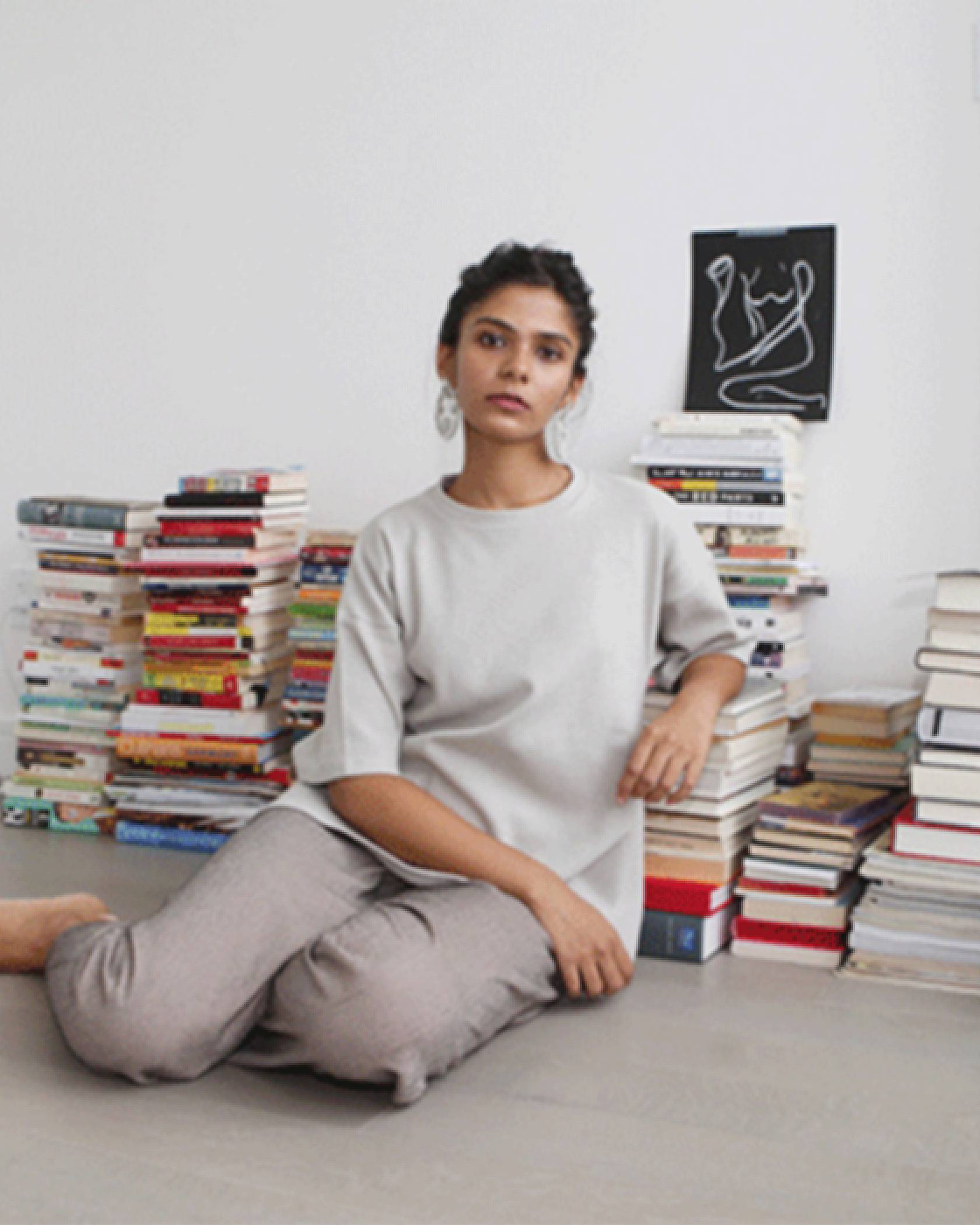
WHERE DID YOU GROW UP?
I was born in London, then when I was about seven years old, my parents moved back to Bangladesh, which is where my family’s originally from. I moved to Canada for two years when I was 18 to study Political Science and Government at University of Toronto. I finally moved to the States when I was 20, and I’ve been living here and writing for 10 years now.
WHAT INSPIRED YOU TO STUDY AT THE NEW SCHOOL?
I was always having these conversations with my friends about identity and race, and I found that I was talking more to my friends who are people of color, who are Black, about these issues, but I had a whole set of different things to talk about with my white friends. Then I had a personal experience at work in which I encountered racism and discrimination based on religion. I’ve always known that racism has existed and I’ve always, on and off, experienced micro-aggressions, but that was my first real intense moment. It encouraged me to go back to school to study more about race and racial injustice. I’m currently working toward a Master’s in International Affairs at the New School.
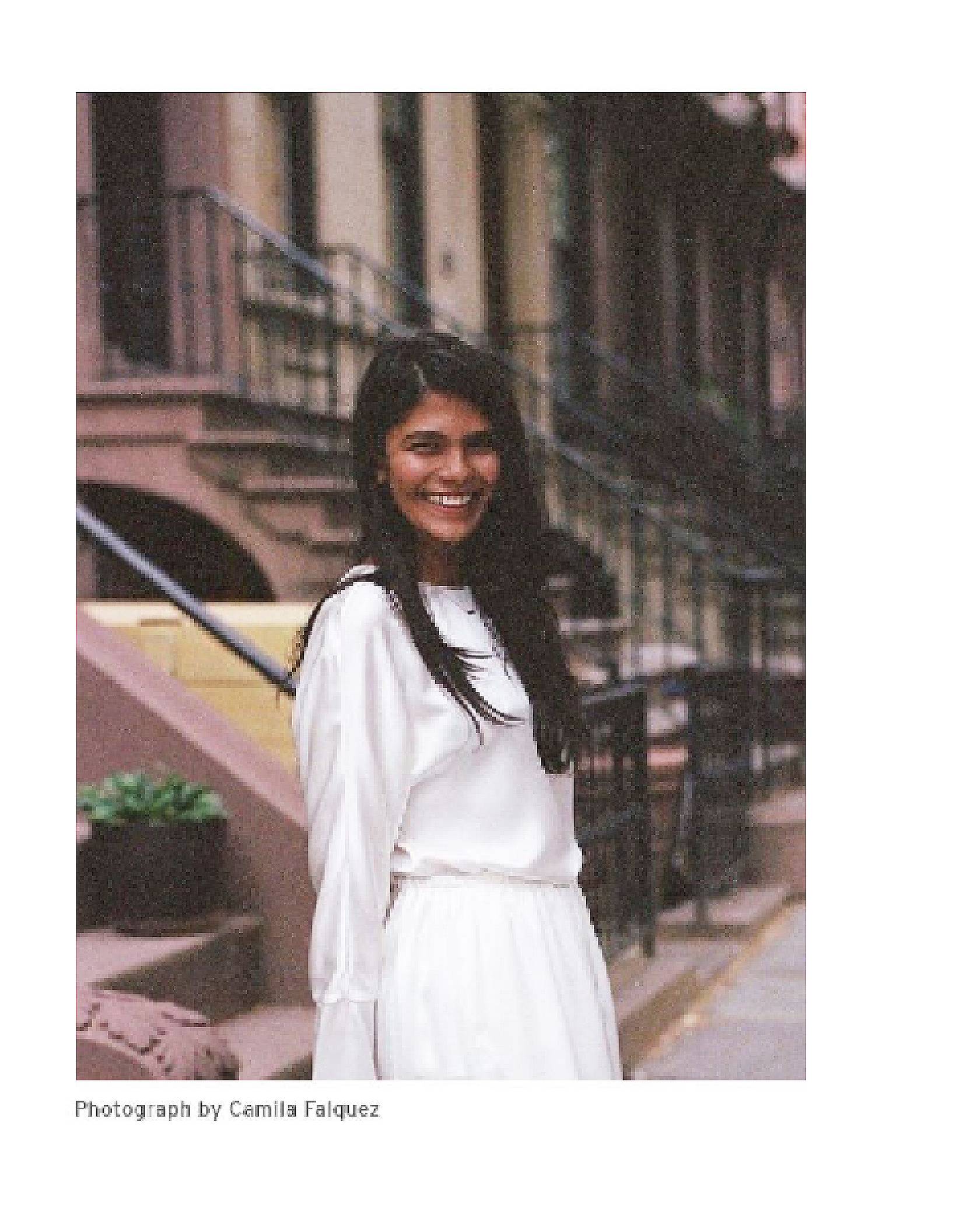
IN JOURNAL, YOU OFTEN DISCUSS TOPICS SUCH AS IDENTITY AND RACE. WHAT WAS THE INTENTION BEHIND THIS PROJECT?
I wanted to create a space where amazing people that I knew could talk about what they were doing and how they did it. I saw that there were lots of interviews out there, but everything always seemed very sunny, very chipper. But I had found personally that things weren’t always so easy, and when I spoke to my friends, they also had a lot of struggles and came up against a lot of obstacles. I wanted to create that narrative, that everything isn’t so great and peachy. But amidst all of that conflict, there are still amazing people doing amazing work.
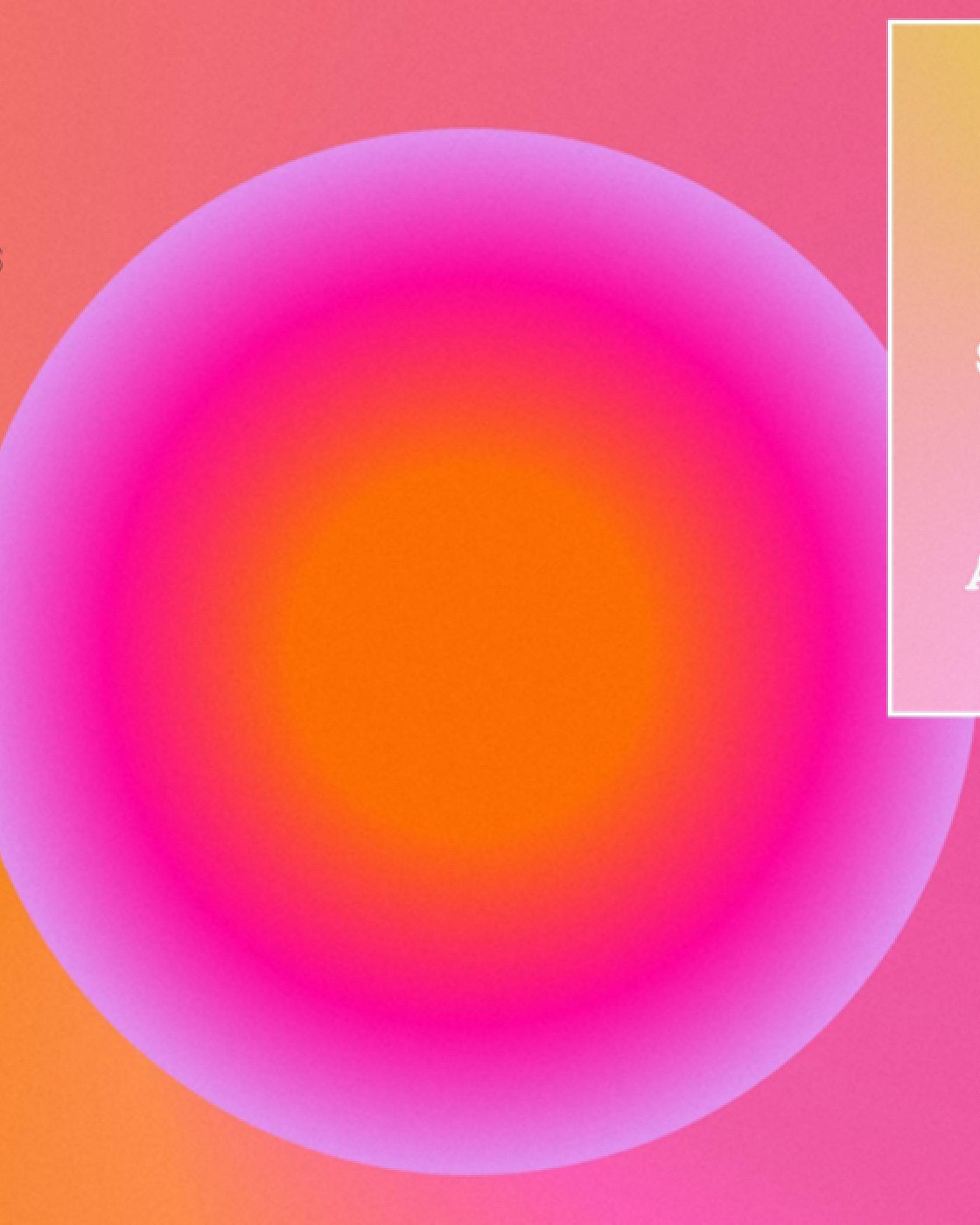
CAN YOU TALK A BIT ABOUT WHAT INTERSECTIONALITY MEANS TO YOU?
I still struggle with the definition of that term because it’s something that I learned fairly recently. My understanding of intersectionality is that there were conversations about race, about gender and sexuality, but that, particularly when it came to feminism, there was a gap between identifying that race and class also have a big factor to play. So I guess for me, intersectionality is that understanding of how race and gender and class are intertwined and all have an effect on one another, and can create systems of oppression.
YOU WENT FROM LONDON TO BANGLADESH TO CANADA TO AMERICA. DID YOUR SELF-PERCEPTION CHANGED DEPENDING ON WHERE YOU WERE?
Yes, and sometimes I still find it changing every day. In London, I lived in a suburb where there were people from all different cultures and ethnicities. In my school, there were Black children, there were Asian children, there were South Asian children. When I moved to Bangladesh, my mom tells me that when I first started school, I was confused that everybody looked like me.
HOW DID THIS INFORM YOUR SENSE OF SELF?
I felt disconnected and kind of out of place in the society in which I grew up in Bangladesh. We lived in this middle class society where you didn’t talk about certain things. You didn’t talk about things that were particularly political or not “dinner table conversations.” I was always a curious child. I always had questions. And I sometimes felt like those questions didn’t have a place there.
That experience was central to my identity as I see it now today. Particularly because I grew up very close to my maternal grandparents, and a lot of what I experienced with them, their way of life, has had a huge impact on me. So there were bits of culture that I felt left out of, but there were also parts of culture that are very important to me.
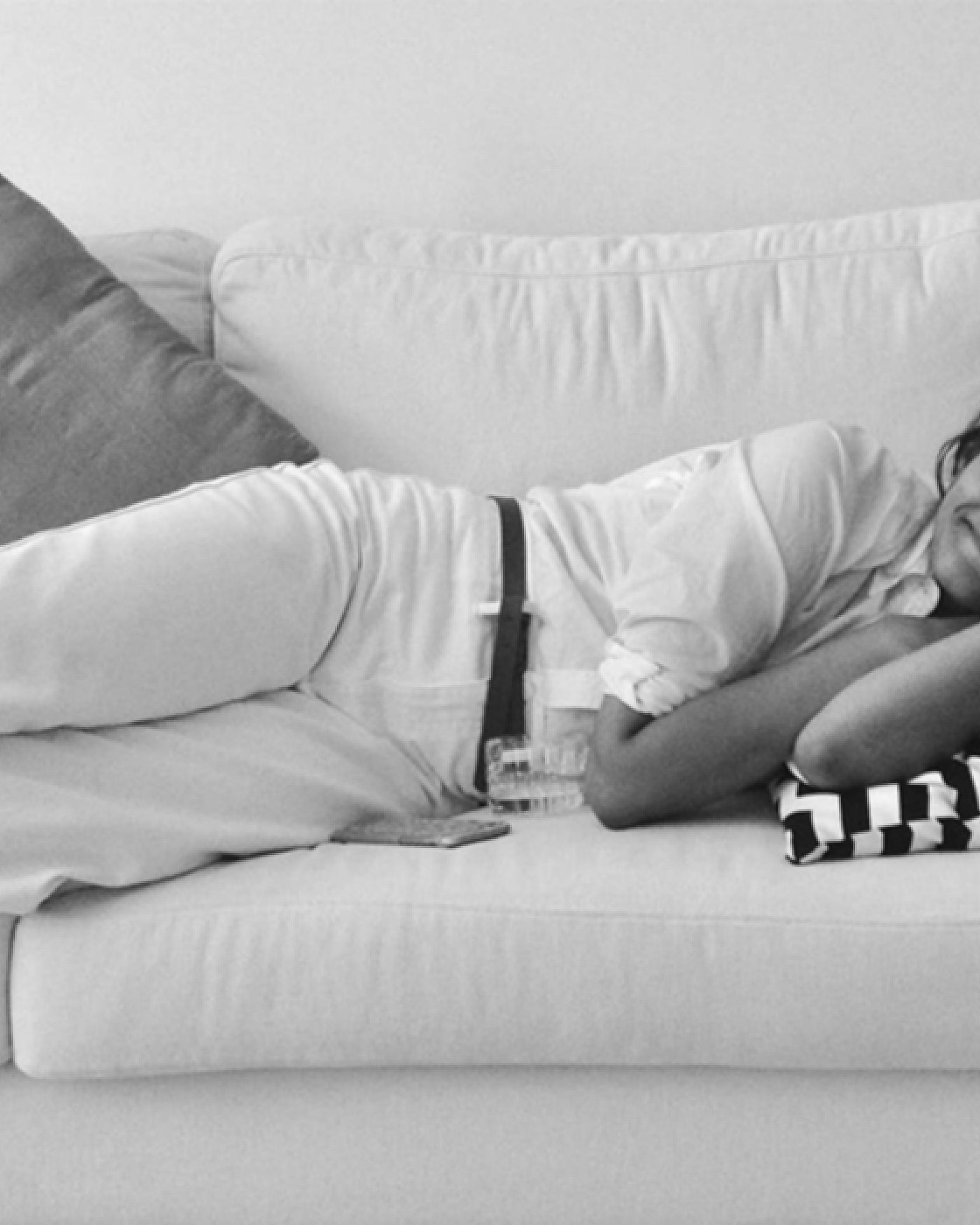
YOU MOVED TO CANADA FOR COLLEGE. WHAT WAS THAT LIKE?
When I moved to Toronto, I was very lucky to find a space where I could be entirely myself. I found a small group of good friends. We were all from all different parts of the world. Some of our parents were immigrants, some of our parents weren’t. We had all these different experiences growing up, and that was also a very valuable time for me.
AFTER CANADA, YOU CAME TO AMERICA. CAN YOU TALK ABOUT THIS EXPERIENCE?
When I moved to America, that was probably the biggest challenge that I faced identity-wise. I lived in a suburb in Maryland for about four years before moving to New York. I still don’t know how to drive, so I used to walk everywhere, whereas everyone there kind of needs to drive. Being the only person walking in a place where everyone else is driving felt like a very strange gap to me. This thing that I had taken for granted most of my life wasn’t something that could easily get me from point A to point B anymore. It was a bit of an isolating experience.
DID YOU FIND FRIENDS THERE TOO?
Actually, the internet was what helped me find community, and many of those people lived in New York. I had always wanted to move to New York — it had been a childhood dream of mine. Eventually, I saved enough money and I moved.
DID YOUR SELF-PERCEPTION CHANGE AGAIN IN NEW YORK?
I was trying to my footing here, and it was sometimes alienating, not knowing how I should perform around people, if I could be myself. Is it okay to be brown? Or do I have to code switch? Navigating these spaces was difficult for me, but I like to think that I’m now more comfortable in my skin and more accepting of myself, even though not necessarily everyone around me might be as accepting. But yes, all of these different ebbs and flows have definitely had an impact in how I view myself.
CAN YOU TALK ABOUT THE HISTORY OF BANGLADESH?
Bangladesh is a pretty young country. It became independent from Pakistan in 1971. Prior to that, Bangladeshis and religious and ethnic minorities were oppressed and persecuted. The people who led that liberation, they were communists and Marxists, very forward-thinking people. My great-grandfather owned a small restaurant and it was kind of a hub for the Bengali community in the UK to come and talk politics and plan the liberation movement. A lot of these people, the intellectuals and activists who participated in the liberation, were killed during the movement. They disappeared. And when independence was finally gained, there was much instability.
WHAT HAPPENED TO YOUR FAMILY?
A few years after liberation, my dad left the country to study in the States because of the political, social and economic climate in Bangladesh.
There was a lot of corruption in the government. My mom was a teenager at the time and a few months after liberation, her home was robbed. They basically lost whatever family heirlooms they had. So they were kind of disillusioned by what was supposed to be this incredible moment in history. It so quickly led to corruption and crime, which happens when there’s no government structure. And the people who had hatched the liberation movement were no longer there.
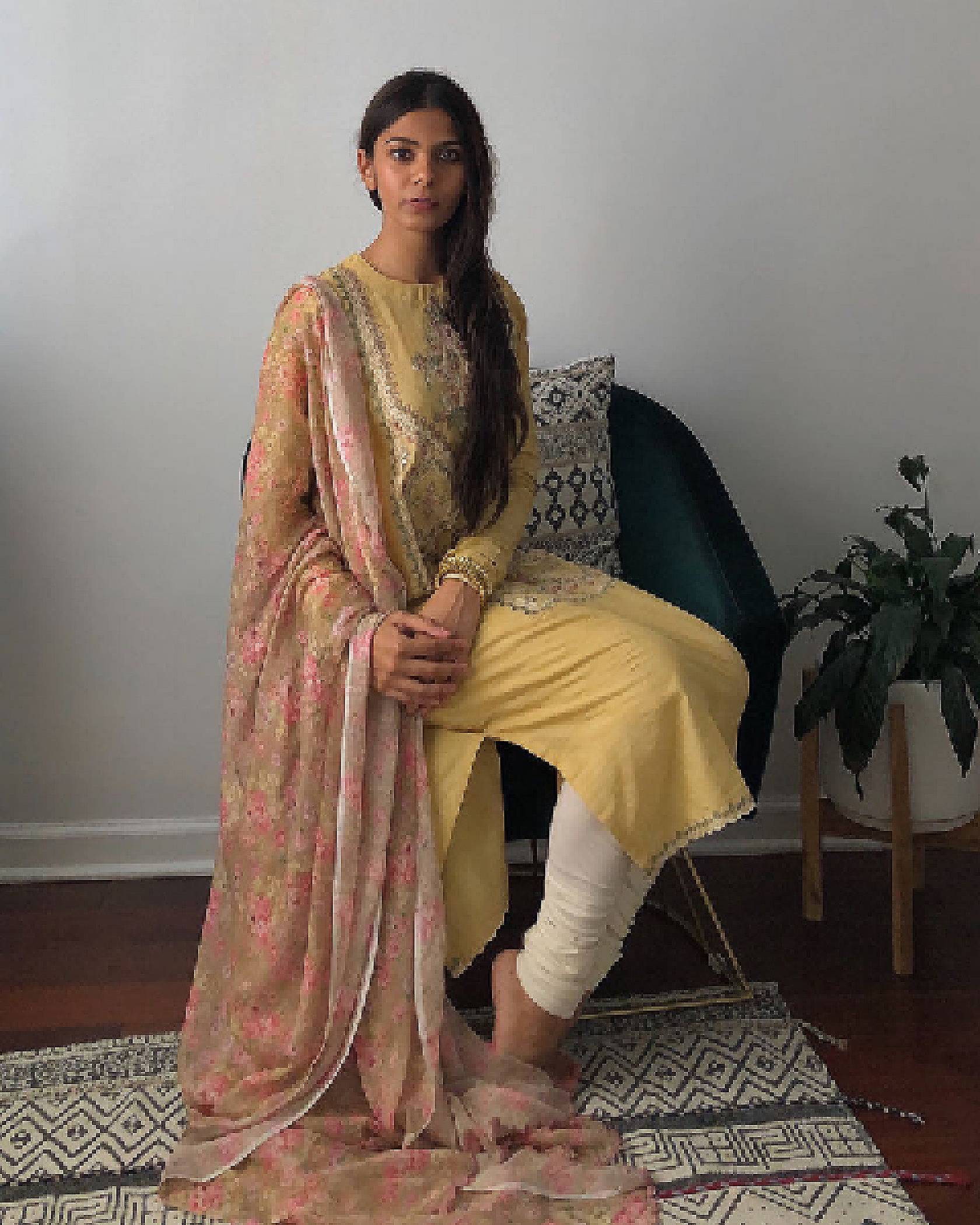
FOR ALL OF US, ONCE A CERTAIN COMFORT LEVEL IS REACHED, IT’S HARD TO SEE HOW OUR COMFORT MAY IMPACT OTHERS. IS THIS A REASON FOR THE MIDDLE CLASS “POLITENESS” IN BANGLADESH THAT YOU MENTIONED?
If you were middle class, if you were wealthy, if you had secured a certain level of income, respectability and comfort, you didn’t want to jeopardize it. It’s not to say that middle class people and some wealthy people aren’t activists and that there aren’t people who are political. There definitely are. But the community that I grew up in was kind of a “don’t-ruffle-any-feathers” community. It was also bound by religion or assumptions of what religion is, and what you can talk about and can’t talk about. So there were all these different factors at play.
WHEN DO YOU THINK YOU STARTED BECOMING A WRITER?
When I was about eight or nine years old, my dad bought a computer. I don’t know what motivated me, but I started my own newspaper. It was about six or seven pages long and I would come up with crosswords. My big stories were — one time my mom took the living room curtains to the dry cleaners and they shrank the curtain. I wrote a whole dramatic story about this, printed it out and gave it to my parents and they showed it to their friends. The next time, they wanted to buy it from me. So then I charged them — I think today would be a quarter or 50 cents.
When I was about 14 or 15, I had an English teacher who is a very wonderful woman. We were usually given a designated topic to write about, but one time she let us have complete creative freedom. For some reason, I wrote a fictionalized account of the Vietnam war and the Khmer Rouge. I only remember this because it was the first time I received the highest grade in our English class.
I really liked that feeling of being able to pull from history and create my own story. My culture, my upbringing in Bangladesh has had a huge influence on what I write about now. A lot of it has to do with Asian identity and culture and religion. I don’t think I would’ve been able to write the way that I do if I hadn’t experienced that life.
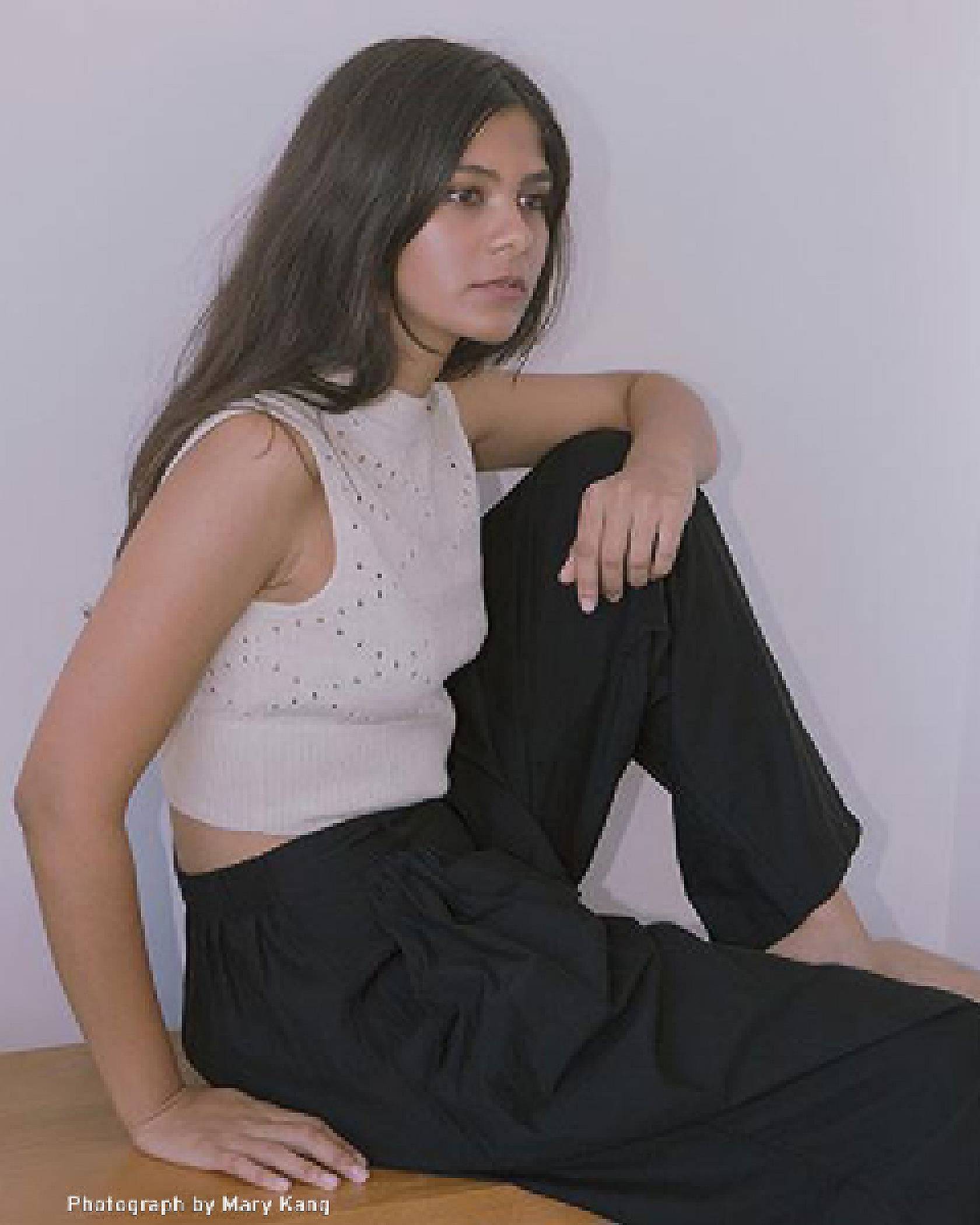
WHAT WERE SOME OF YOUR FAVORITE BOOKS WHEN YOU WERE LITTLE AND WHAT ARE SOME OF YOUR FAVORITE BOOKS OR AUTHORS NOW?
When I was little, it was always just the white male classics — Dickens and Shakespeare and all that. I hadn’t actually read a book written by a woman, to my memory, until I was maybe 12 or 13 years old, and it was Pride and Prejudice. I wouldn’t say today that that would be my number one book, but at that time, the fact that I was reading a book written by a woman was mind blowing to me. At the time, my English literature teacher was also a woman, and people called her a feminist like it was a dirty word. But I found her extremely intriguing, and how she could say something and it would really upset people, even though what she was saying was true.
The first book that really stuck with me was Things Fall Apart by Chinua Achebe. Right now, some of my favorite books — God, I have so many! I’ve been reading Samantha Irby, who is a hilarious writer. I started reading her work once lock-down started because I needed something to make me laugh. I read The Sleepwalker’s Guide to Dancing by Mira Jacob, which is a really beautiful book. And then there’s Girl, Woman, Other by Bernadine Everisto. It’s also beautifully done. I read a wide spectrum of stuff. I like reading fiction but also nonfiction and research stuff too.
WHAT ADVICE DO YOU HAVE FOR YOUNGER WOMEN EAGER TO ENACT CHANGE IN THE WORLD?
The most important thing would be to educate yourself first. If there’s something you feel strongly about, really learn the history of it. Sometimes in social movements, people get caught up in what’s happening right now but they forget about all the things that have led to this moment. Learn the history, look back at the past, learn why these things happen, what structures allow things like police brutality to happen. Do your homework, do your research, do your reading before trying to go out there and change the world — which is a really big step and can sometimes feel a bit disillusioning. Work slowly, work with your friends, with your family, and then with your neighbors and your community. Slowly grow your reach bigger and bigger. And, and then one day you could end up changing the world.
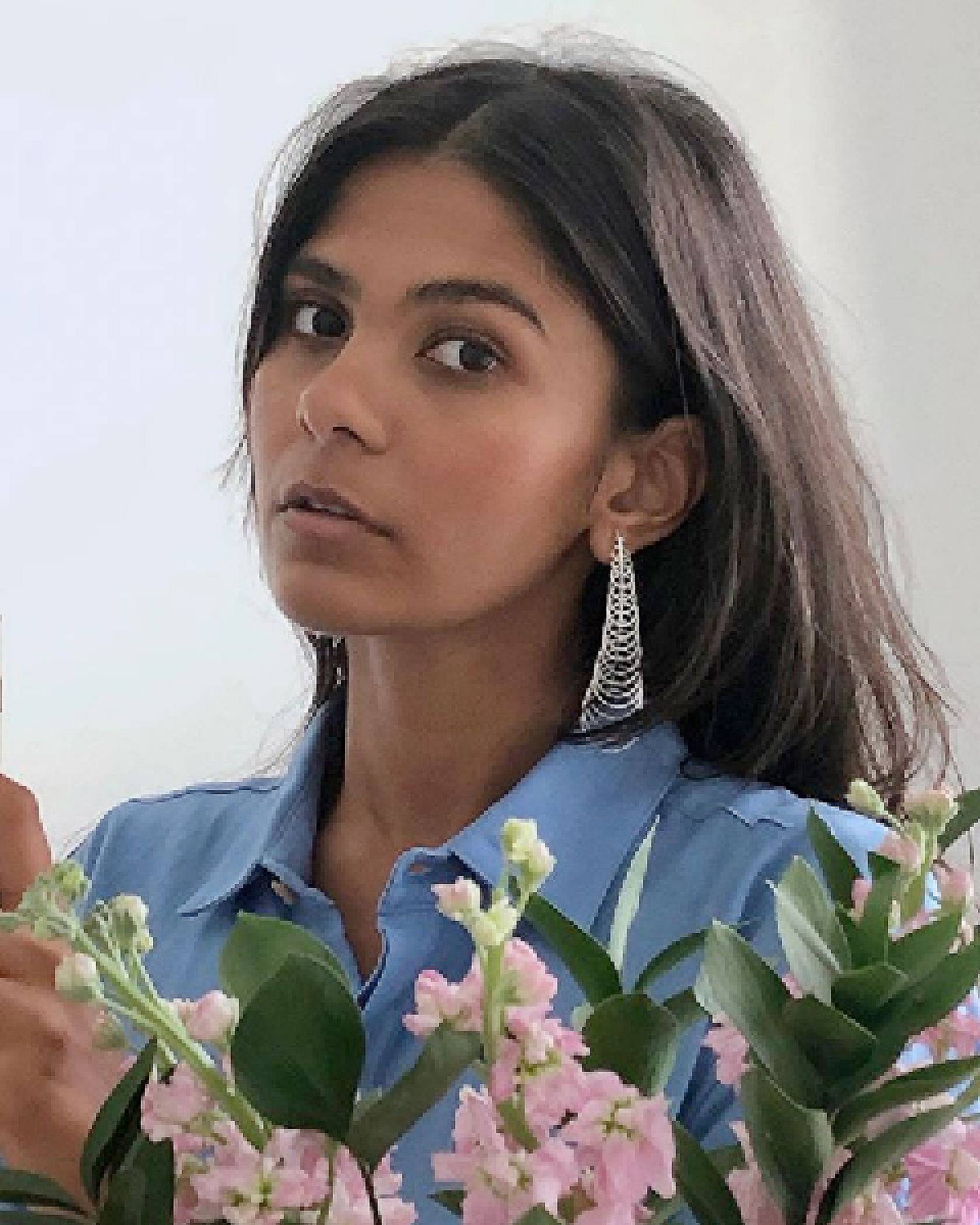
Photograph of Asia Medley by Morgan Barrera
Photograph of Tasnim Ahmed by Camila Falquez

